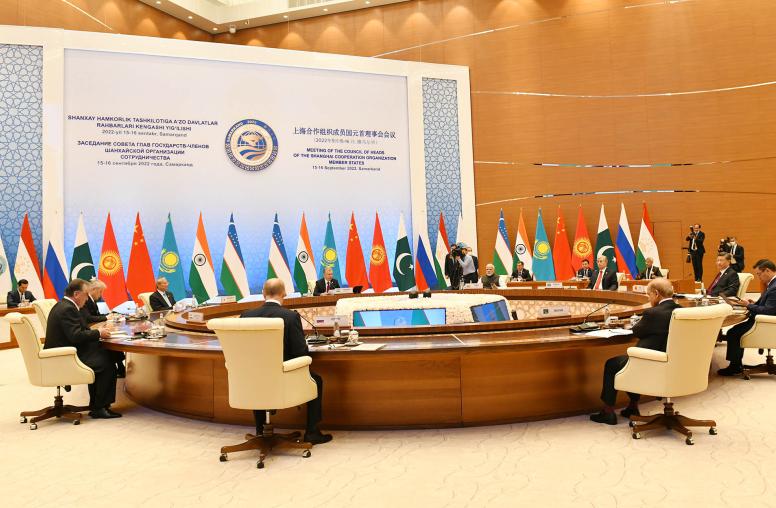Pakistan's Media: Dissecting its Coverage of Extremism, Terrorism and Pakistan-U.S. Relations
USIP's Center for Conflict Analysis and Prevention and Center of Innovation for Media, Conflict and Peacebuilding co-hosted a panel discussion on Pakistan’s media sector. The panel analyzed the role media plays in covering extremism and international relationships and discussed ways in which the media can contribute to an alternative narrative on Pakistani social issues, particularly in the Federally Administered Tribal Areas and Khyber Pakhtunkhwa.
Predominantly state-run until a decade ago, Pakistan's broadcast media has transformed into a largely independent and proactive presence in Pakistani society. Complementing this is the already rich vernacular and English language print coverage that the country has possessed for years. Combined, the print and broadcast outlets have strengthened a significant element of Pakistan's civil society as the media is now extremely vocal in covering international and national issues, heightening public awareness and critical understanding.
Perhaps most pertinent to understand from the U.S. perspective is the Pakistani media's coverage of issues pertaining to extremism, the war in Afghanistan, and more broadly, the Pakistan-U.S. relationship. Often, there have been concerns raised by outside observers that Pakistani media outlets paint too negative a picture of the Pakistan-U.S. bilateral ties and that major Pakistani media outlets have not taken a strong enough stance against extremist outfits. Is this criticism true? What are the motivations and constraints which lead the Pakistani media to determine how they present issues? And what are the nuances and differences in messaging between broadcast and print, and vernacular and English language media?
This event discussed these questions and was co-sponsored by USIP's Center for Conflict Analysis and Prevention and USIP's Center of Innovation for Media, Conflict and Peacebuilding. Participants watching the live webcast were able to participate through chat and twitter, asking questions of the panelists and commenting on the discussion.
Speakers
- Zahid Hussein
Senior Editor, Newsline
correspondent for The Times of London, Newsweek and The Wall Street Journal - Wajahat Ali
William P. Fuller Fellow
The Asia Foundation - Imtiaz Ali
former Jennings Randolph Senior Fellow
U.S. Institute of Peace - Sheldon Himelfarb, Moderator
Associate Vice President, Center of Innovation for Science, Technology and Peacebuilding/Media, Conflict and Peacebuilding
U.S. Institute of Peace
Explore Further
- Learn more about USIP's work in Pakistan
- Read "Covering and Countering Extremism in Pakistan's Developing Media"
Peace Brief | March 2011 - USIP Center for Conflict Analysis and Prevention
- USIP Center of Innovation for Media, Conflict and Peacebuilding



